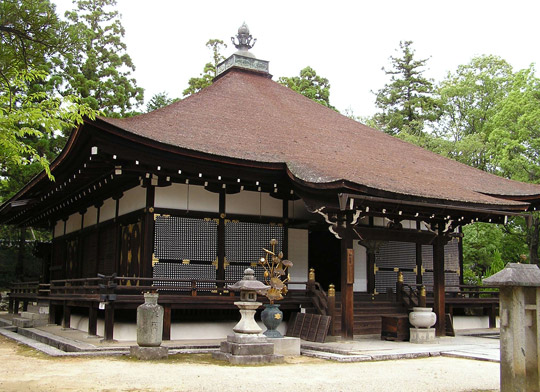|
||
 |
||
Examples: Kyouougokokuji Daishidou ³€μεt° (also called Sai-in Goeidou Ό@δe°; 1380) in Kyoto; Murouji Mieidou ΊΆδe° (early 14c) in Nara; Kongouji Miedou ΰδe° (1606) in Osaka.

Ninnaji Mieidou maδe° (Kyoto)
@
(C)2001 Japanese Architecture and Art Net Users System.@No reproduction or republication without written permission.
fΪΜeLXgEΚ^ECXgΘΗASΔΜRecΜ³f‘»E]ΪπΦΆά·B

